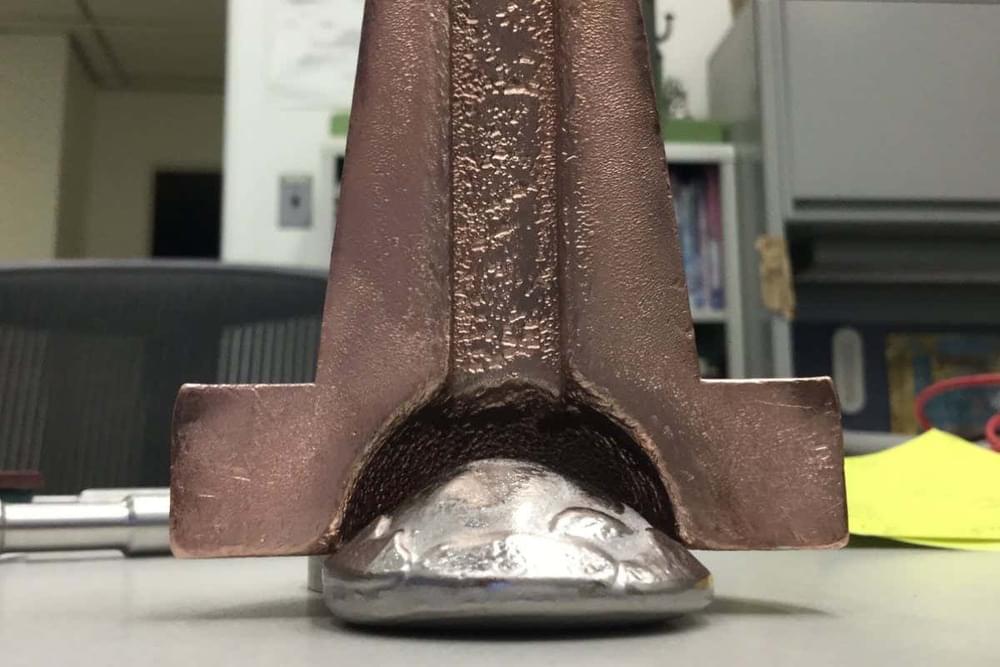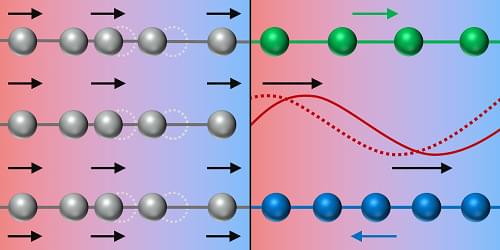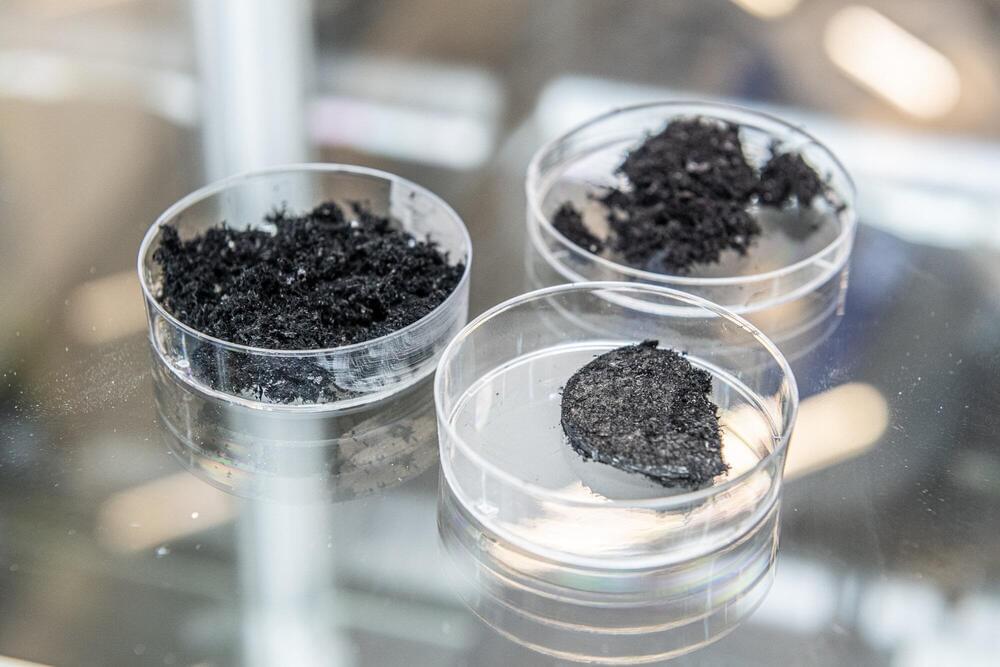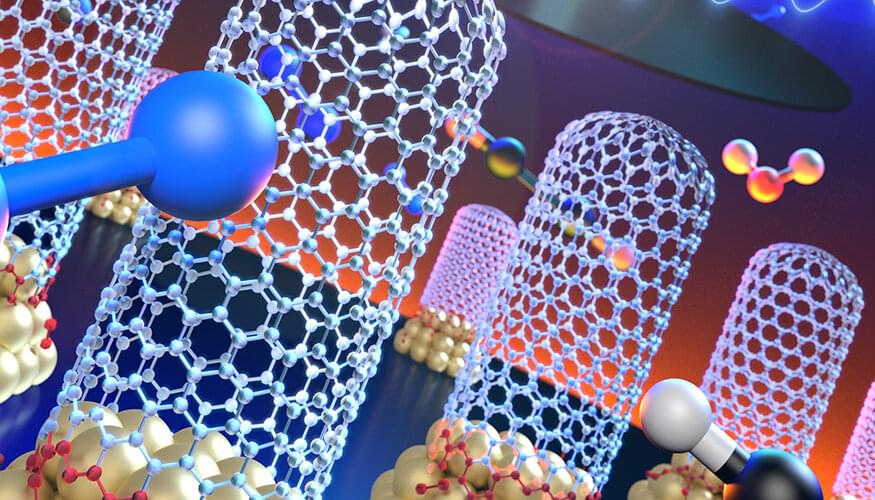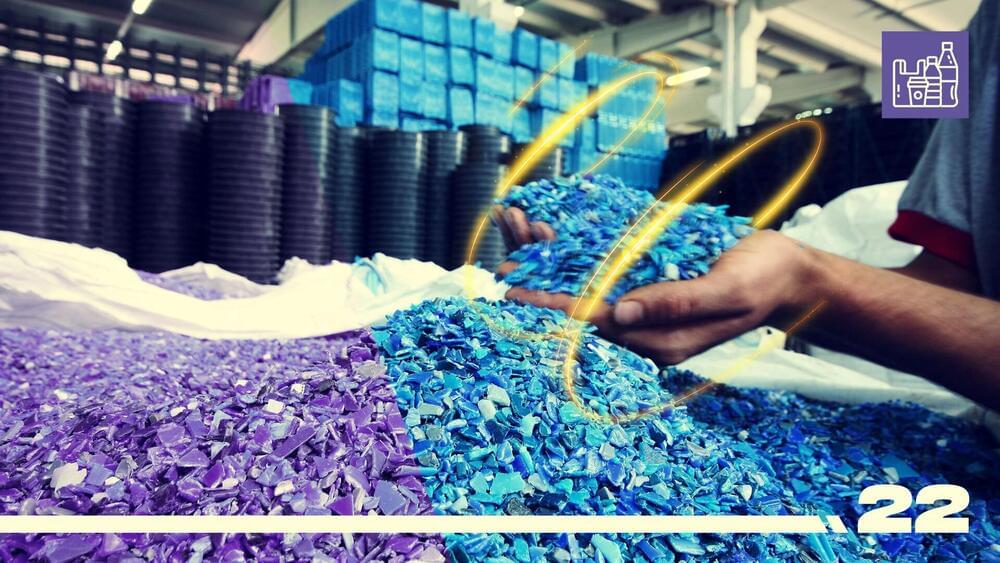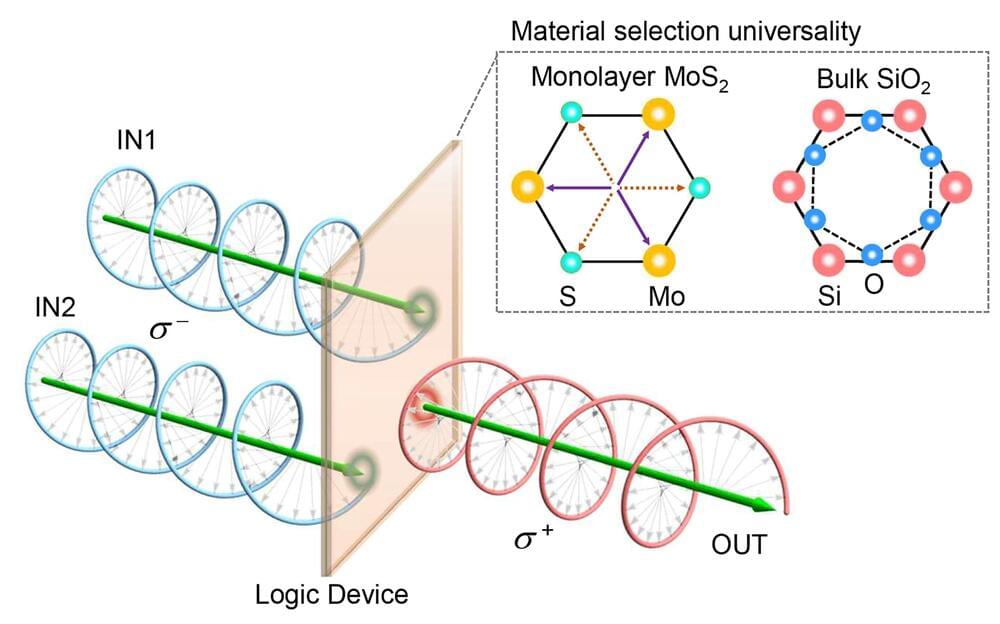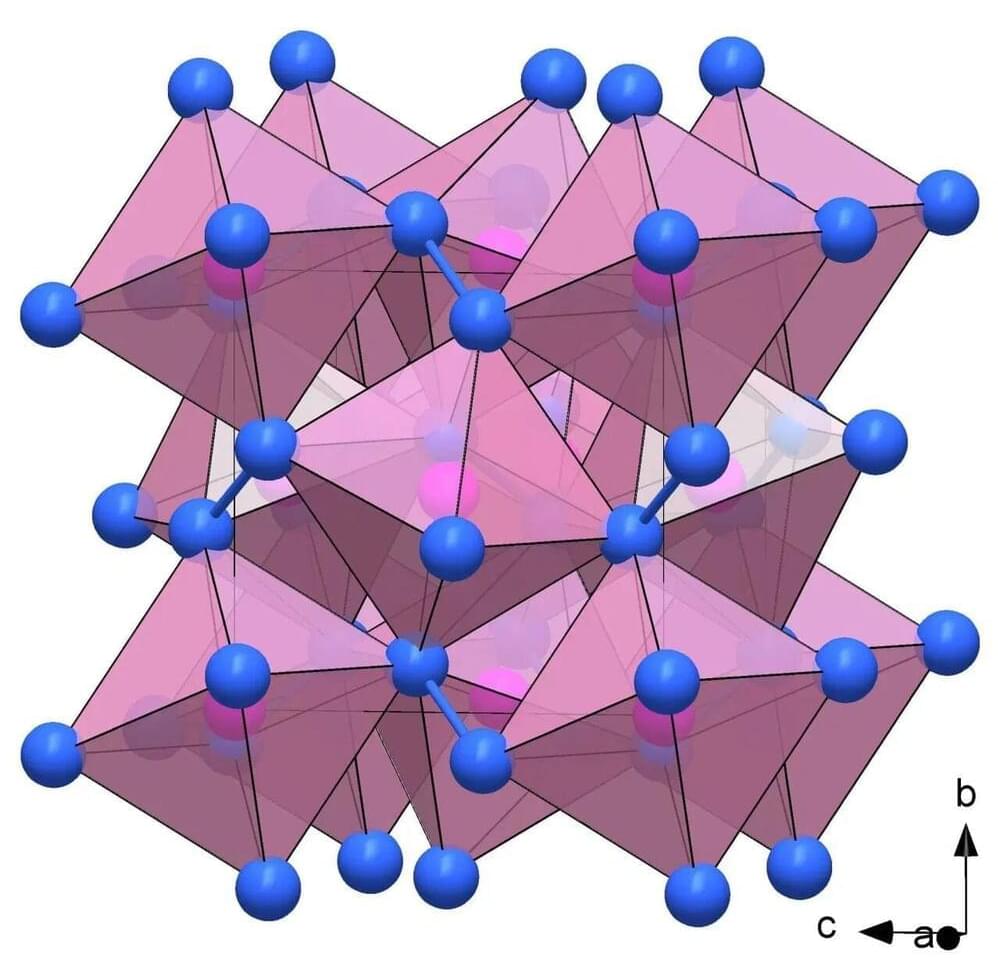A research team from Skoltech, Aalto University, and Kurnakov Institute has recently developed a new, versatile and simple approach to using carbon nanotubes for manufacturing carbon nanotube-polymer nanocomposites. The method is reported in Carbon and involves making briquettes—dense packages of carbon nanotube powders. Nanocomposites made with briquettes perform equally well as those made from the more expensive masterbatches, which are also polymer-specific—that is, less versatile.
“We believe the use of dense briquettes of carbon nanotubes can significantly facilitate the development of the carbon nanotube composite industry. This technique is cheap and applicable to a broad variety of polymer matrices, without sacrificing any of the electrical and thermal properties of the final material,” the lead author of the study, Skoltech Ph.D. student Hassaan Butt, stated.
Carbon nanotubes have been intensively investigated for decades by researchers from academia and industry because of their unique combination of electrical, thermal, and mechanical properties. Meanwhile, polymer-based nanocomposites have come to be the largest carbon nanotube application and the one closest to widespread integration into everyday life. It is easy to understand why: The smallest amounts of nanotubes added to a polymer endow the material with fundamentally new properties, such as electrical conductivity and piezoresistivity, as well as crucially enhancing its thermal and mechanical properties.

